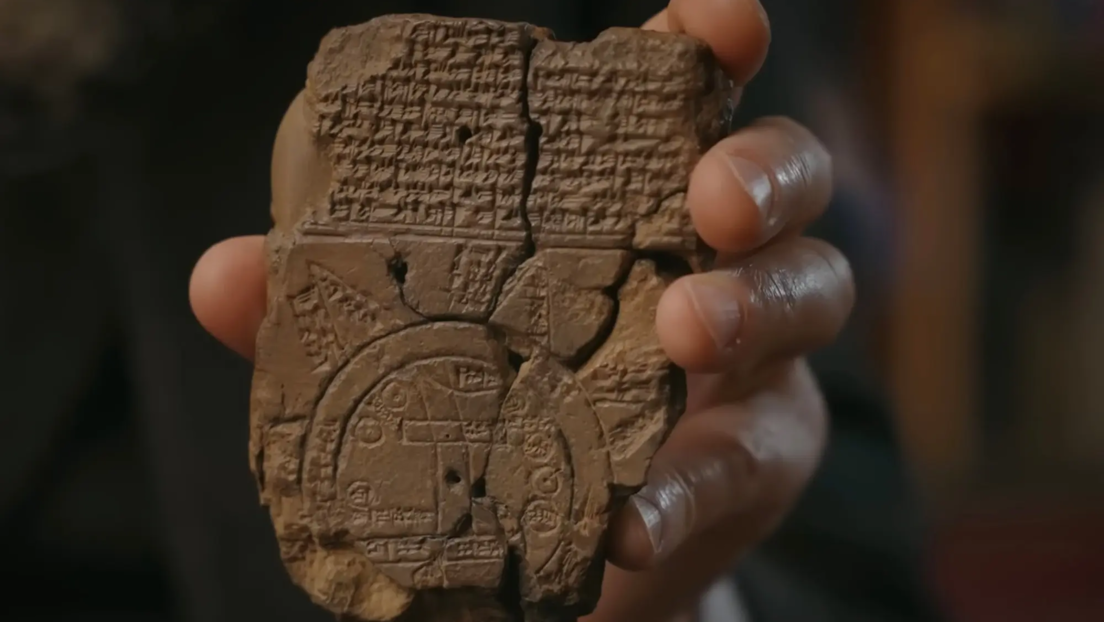
The Imago Mundi, a Babylonian tablet considered the world's oldest known map, has finally been deciphered. The object, created almost three thousand years ago (its antiquity is estimated at between 2 600 and 2 900 years), now gives researchers the opportunity to deepen the beliefs and customs of Babylon.
Dr Irving Finkel, an expert at the British Museum, detailed that cuneiform writing on the tablet provides information on the worldview and religious beliefs of ancient Babylonian civilization, the Daily Mail reported.
The map was originally unearthed in 1882 by the renowned archaeologist Hormuzd Rassam in Sippar, an ancient Babylonian city located in present-day Iraq. Although discovered nearly 150 years ago, it remained forgotten in a box along with other findings, until it was rediscovered in Iraq 29 years ago.
The object was created at a time when the Babylonian Empire became a world leader in mathematics, architecture, culture and other fields of science. The representatives of this civilization created an improved numerical system and formulated a functional theory of planets, using geometry to observe Jupiter.
The circular map of the tablet represents Mesopotamia, which the Babylonians believed was the center of the world, but what is particularly unique are the two circles that enclose the region. "The double ring is very important, because it has a cuneiform writing that says 'bitter laugh', and it was believed that water surrounded the known world," Finkel explains in a video posted on YouTube.
The performance also shows the Euphrates River crossing the ancient Mesopotamia from north to south. Several regions are in cuneiform, including Assyria and Urartu, providing an integral view of the world known at the time.
Imago Mundi's cuneiform text reveals that Babylonians believed in mythical creatures that inhabited several regions and included winged horses, sea snakes, men-scorpion and torto men.
"The triangular shapes on the edge of the map represent mountains where the Sun is not seen, indicating areas beyond the known world. Although some of the text is fragmented, it mentions ruined cities that Marduk observes," Finkel said.
The God of creation, Marduk, was venerated as the patron saintly God of Babylon, associated with righteousness, compassion, healing and magic.
The expert summed up that the ancient Babylonian map has given us a tremendous insight into many aspects of Mesopotamian thinking. (Text and photo: RT)